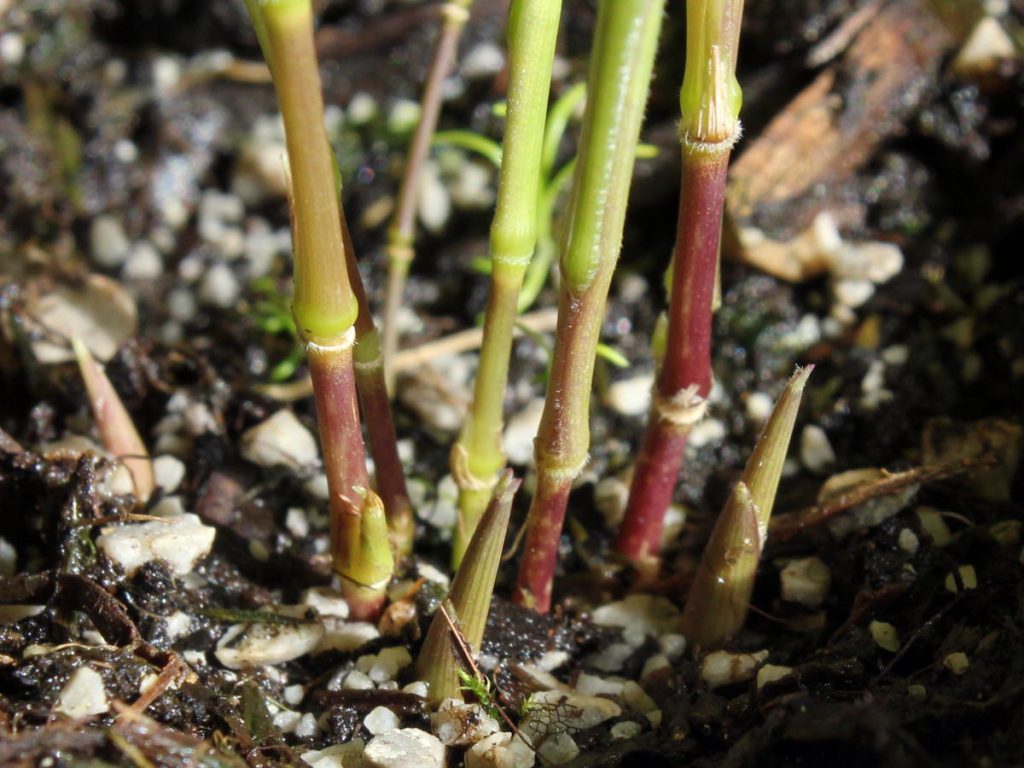
Variegated Phyllostachys arcana ‘Luteosulcata’ seedling
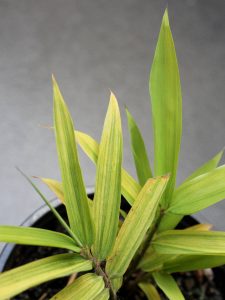
I’ve already been trying to figure out if one of the Phyllostachys arcana seedlings is variegated in one of my previous posts. Since then, the seedling remained variegated and new shoot(s) that appeared also showed the same pattern. Three months after germination, the variegated seedling started to lag a lot. It also shows a lot of issues that were never evident on any other non-variegated seedlings. Despite nearly identical conditions, variegated seedling only managed to push out 4 (quite weak) shoots. Two of them may actually be branches of the shoot. At the same stage shoots on green seedlings appeared at least three times thicker, grew faster and seemed much healthier. Seedling also couldn’t grow roots as fast as it’s green siblings and only managed to grow the roots enough to become visible through the drainage holes after 3 months. Green seedlings “colonized” their pots in around a month.
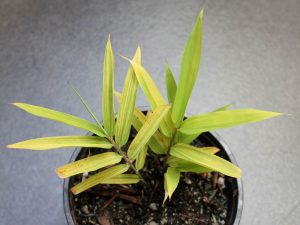
Compared to other seedlings, variegated Phyllostachys arcana did not take first re-potting well. None of the green seedlings had shown any signs of stress, on the other hand, the variegated seedling started wilting the leaves and further slowed down growth. I kept it shaded for a couple of days, so it had a chance to recover. After two days, I was able to expose it to strong growing light again without signs of stress, which means it was able to regenerate or replace the damaged roots relatively fast. Growth speed remained slow and like I already mentioned, roots needed at least a month after I placed it in separate pot to reach the drainage holes.
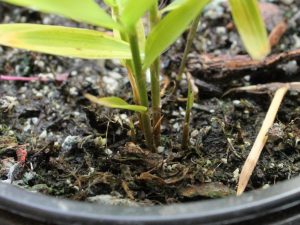
In the end it did start showing some increase in its growth speed just after it passed 3 months mark. It managed to put out two small and pale shoots at the same time. Shoots of non-variegated seedlings appear much darker green with a hint of purple. Shoots are much smaller and fewer in number, which can be expecte. Variegated seedling lacks a lot of chlorophyll which is present abundantly in the green versions of the Phyllostachys arcana seedlings. Increasing leaf mass should improve overall growth a lot in the following weeks.
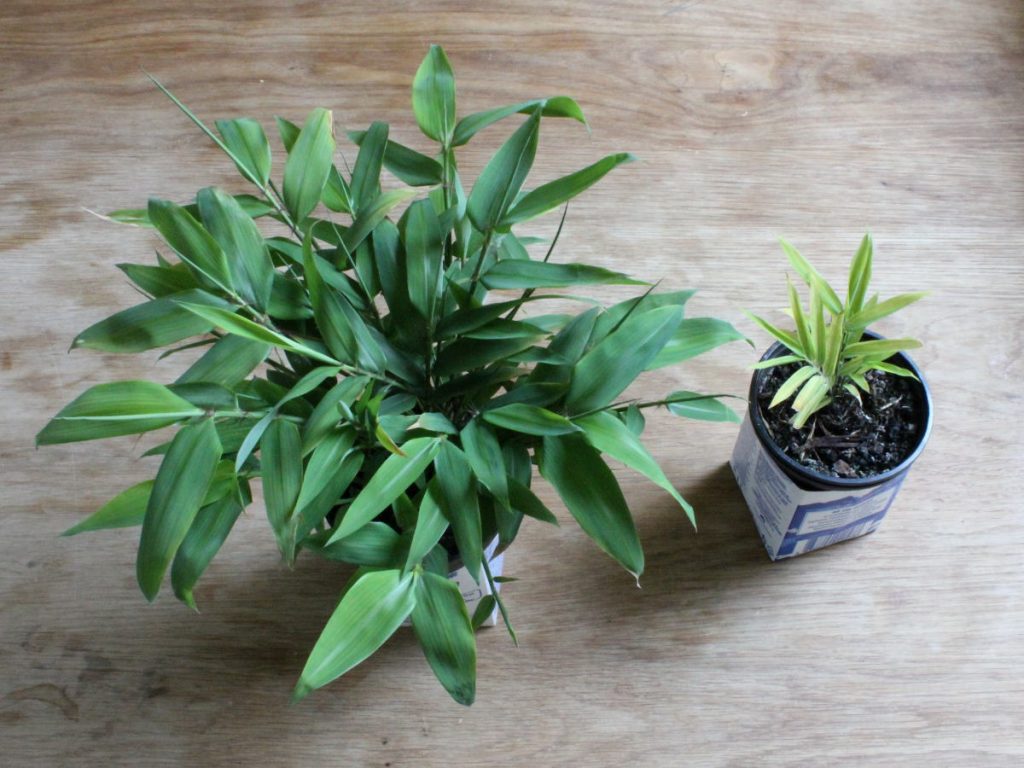
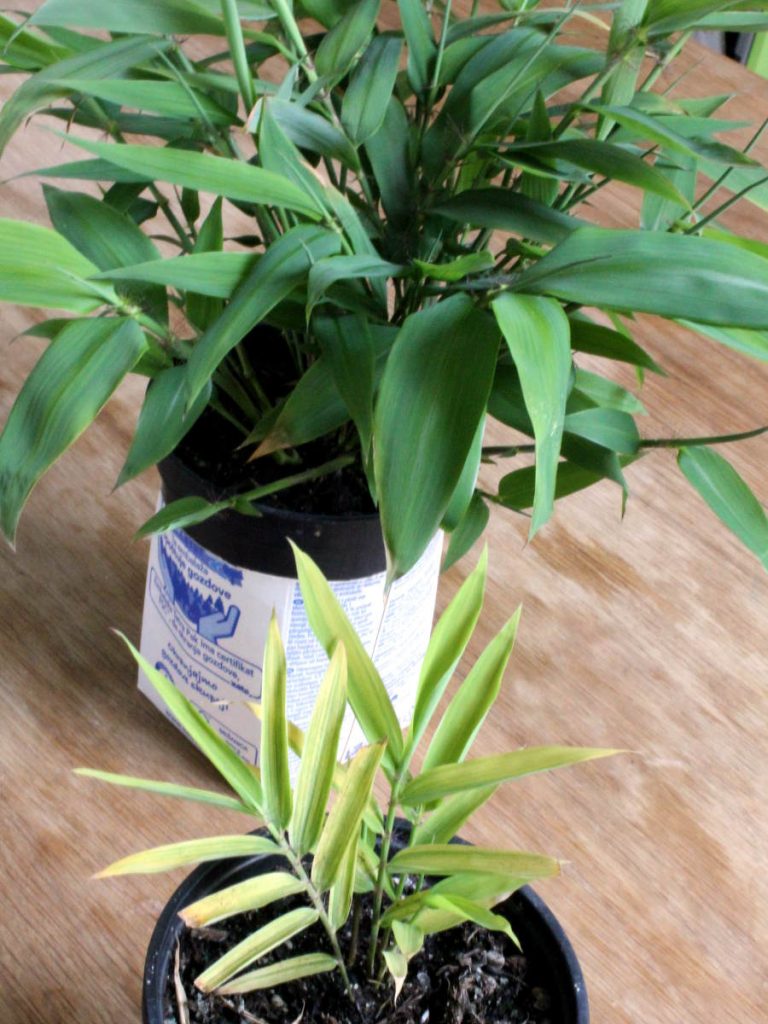


When culm sheath falls off, the culm is much paler than culms of green seedlings. It also gets ‘sunburn’ when culms are exposed to sun or strong growing light, but again, not nearly as intense and dark, possibly due to much brighter culm colour. Additional details about culms will become available later, when the stems get thicker. Possible sulcus colour will also start appearing when seedling matures enough.
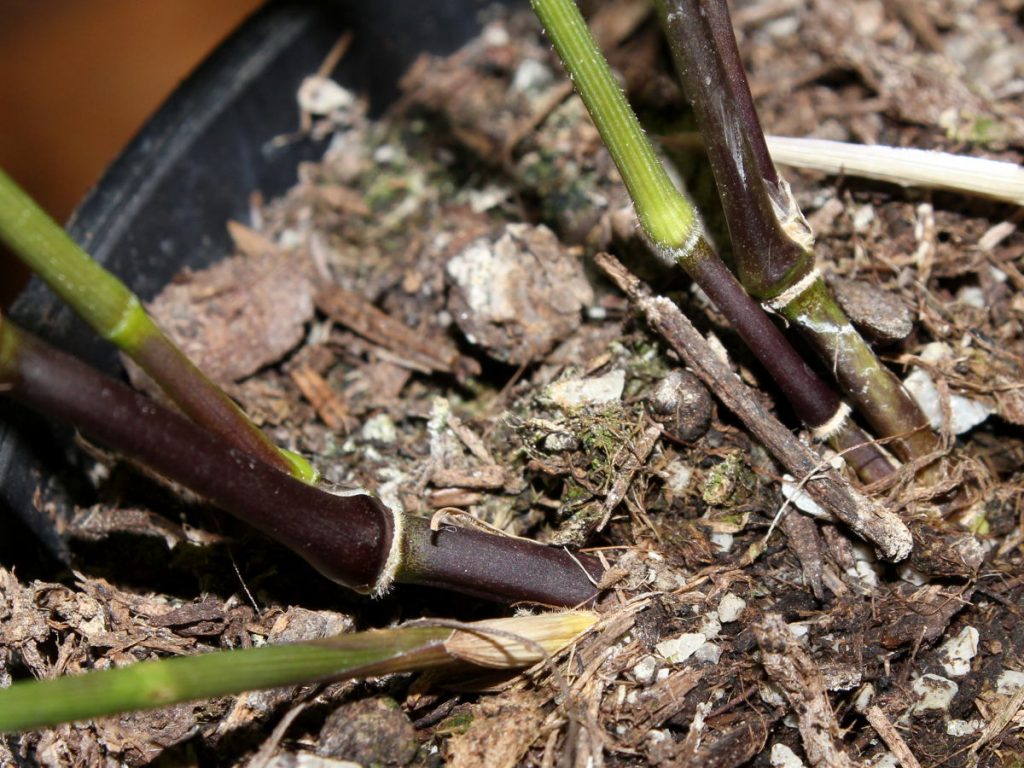
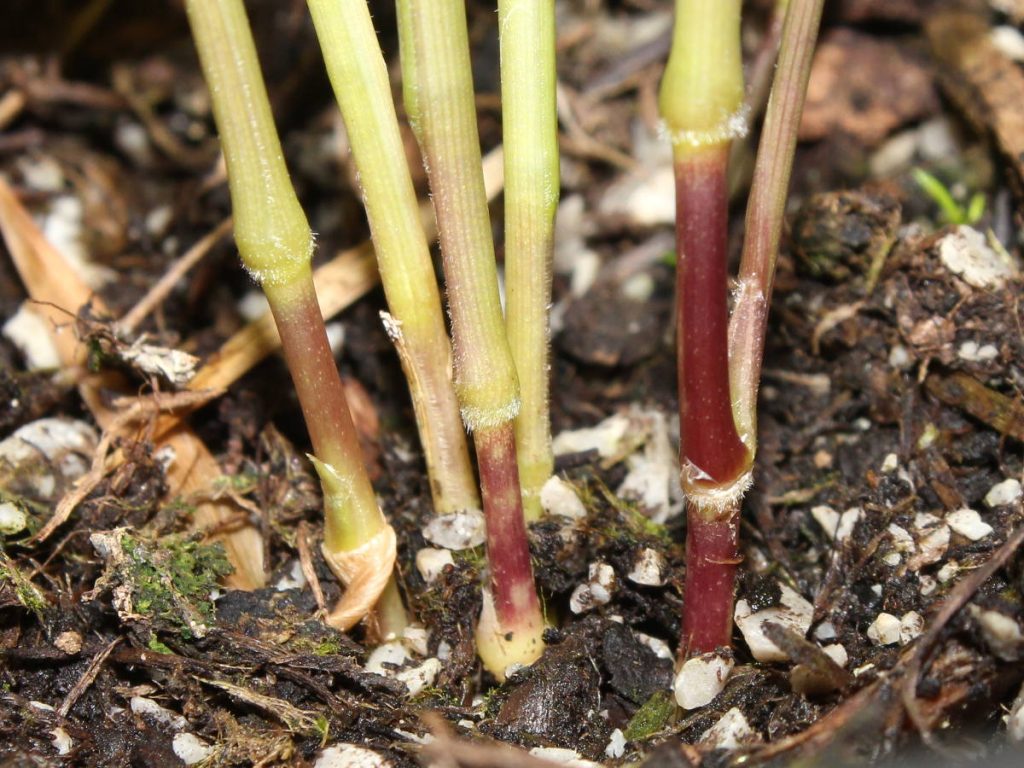
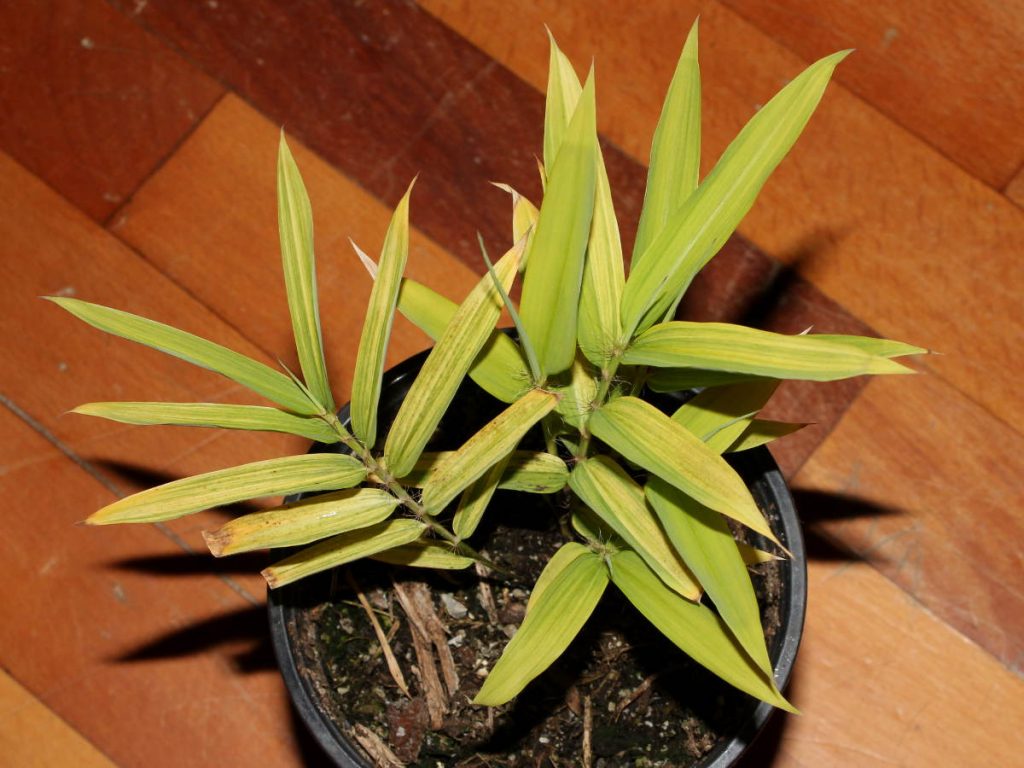
Did any of you ever see a variegated bamboo (or any other plant), that changes leaf colour the same way. Usually the leaf emerges variegated and it doesn’t change it’s colour as it matures, this seedling, however, gradually turns from almost completely lime green to variegated colour. The stripes are visible from the beginning, but you have to inspect the leaf really closely to detect minor difference in colour, stripes appear a little bit darker than the rest of the leaf. First leaves on young shoots take longer to transform and then, each additional leaf seems to variegate quicker.
